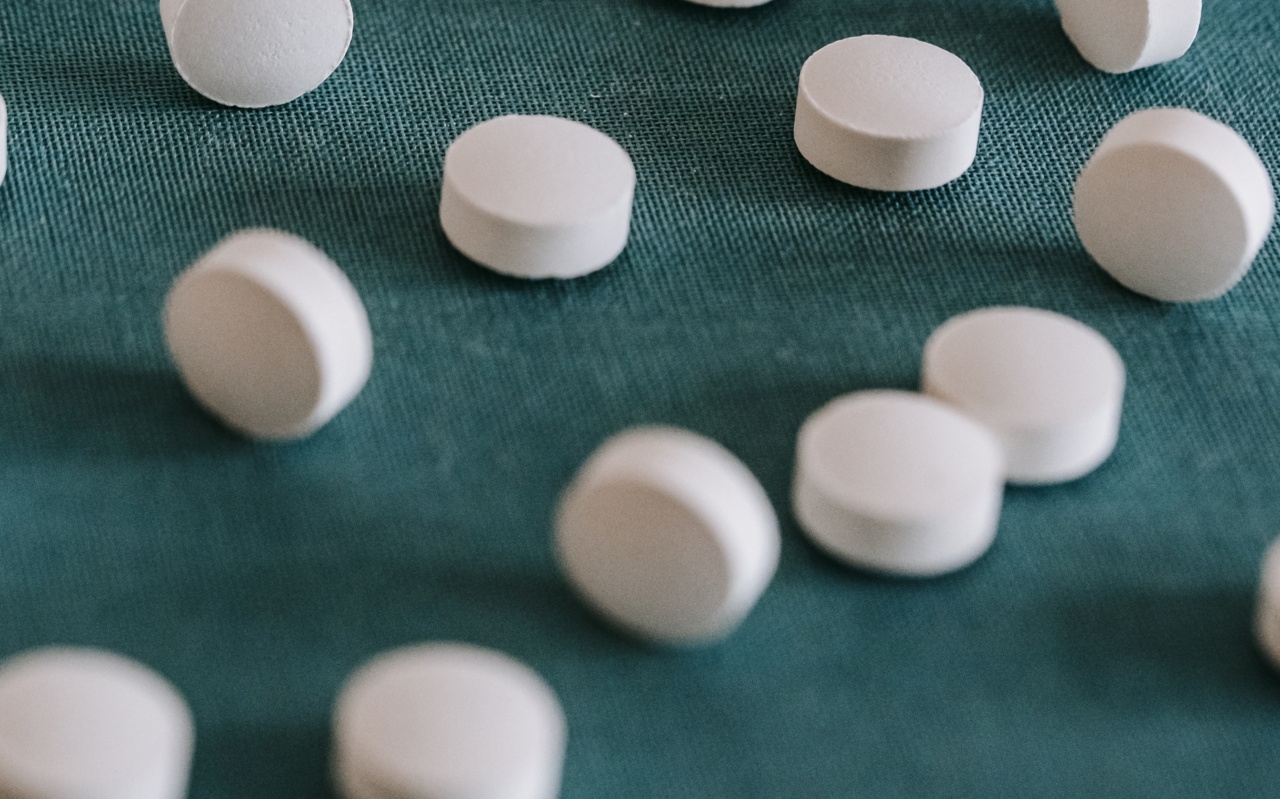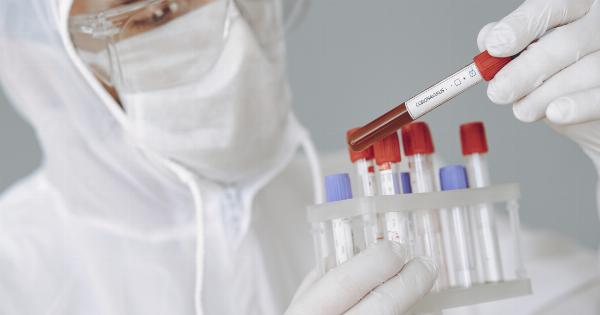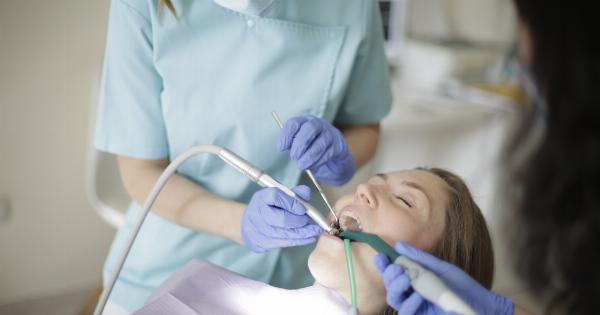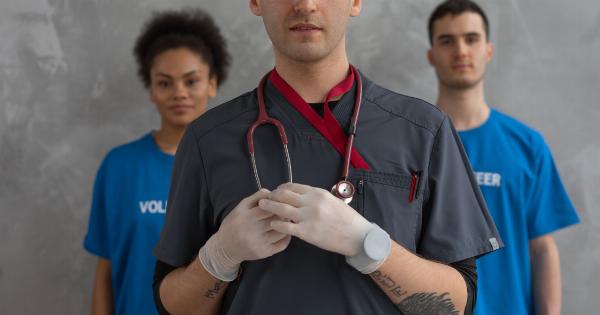There has been a significant development in the pharmaceutical industry that is set to revolutionize the way we take medication.
The pill form of medication has been around for decades, but recent advances in technology have led to the creation of a pill that can replace injections, which could mean less pain for patients and less waste for healthcare providers. This article will explore this development and its potential benefits.
The Pill Form of Medication
The pill form of medication is one of the most widely used methods of drug delivery. They are easy to take and can be made in various sizes and strengths. However, for some drugs, such as insulin, injections have been the standard form of delivery.
This is due to the nature of the drug, which is broken down in the stomach and digestive system before it can be absorbed into the bloodstream.
Until recently, this meant that patients who required these types of drugs had to endure injections multiple times a day. This was not only painful but could also be inconvenient and reduce the quality of life for the patient.
However, recent advancements in technology have led to the creation of a pill form of medication that can bypass the digestive system and allow for the drug to be absorbed into the bloodstream like an injection.
How It Works
Doctors have developed a process known as micro-needle technology. This involves coating small needles with a drug and then compressing them into a pill.
When the pill is swallowed, the needles are released, penetrating the stomach lining and delivering the drug directly into the bloodstream.
There are several benefits to this method of drug delivery. Firstly, patients who previously had to endure painful injections can now take their medication like a regular pill. Secondly, it reduces the risk of infection that is associated with injections.
Finally, it also reduces the risk of accidental needle sticks which is a hazard faced by healthcare providers who dispose of the needles.
Potential Benefits
The development of this technology could have a significant impact on the healthcare industry. Here are some of the potential benefits:.
1. Reduces Pain for Patients
Patients who previously had to endure painful injections several times a day can now receive the same medication via a pill without any pain. This can increase the quality of life for patients and improve their overall health outcomes.
2. Reduces Medical Waste
A significant amount of medical waste is generated by the disposal of needles and syringes. By using the pill form of medication, healthcare providers can reduce the amount of medical waste generated, which is better for the environment.
3. Increases Medication Compliance
Some patients who require injections may avoid taking their medication altogether due to the pain and inconvenience. By offering a pill form of medication, healthcare providers can increase medication compliance which can improve health outcomes.
4. Reduces Risk of Infection
The use of needles and syringes carries a risk of infection. By using the pill form of medication, healthcare providers can significantly reduce the risk of infection which is better for patient safety.
5. Reduces Healthcare Costs
The reduction of medical waste and the increase in medication compliance can lead to significant cost savings for healthcare providers.
In addition, the use of micro-needle technology could reduce the need for trained professionals to administer injections, which could reduce labor costs.
Challenges
While the development of this technology is exciting, there are still some challenges that need to be overcome before it can be widely adopted. Some of these challenges include:.
1. Manufacturing
The manufacturing process for these pills is complex, and scaling up production could be a challenge for some manufacturers.
2. Cost
The cost of this technology could be prohibitive for some healthcare providers, especially in developing countries where the resources to invest in new technology may not be available.
3. Regulators
As with any new technology, regulators may need to review and approve this technology before it can be widely used.
Conclusion
The development of the pill form of medication that can replace injections is an exciting development that could have a significant impact on the healthcare industry.
The potential benefits include reduced pain and infection risks for patients and decreased medical waste and healthcare costs for providers. However, there are still challenges to be addressed, such as manufacturing and cost. If these challenges can be overcome, the widespread adoption of this technology could lead to a better and safer healthcare system.































